See our Activity Guide for Families & Teachers for additional details about the art and challenges here!
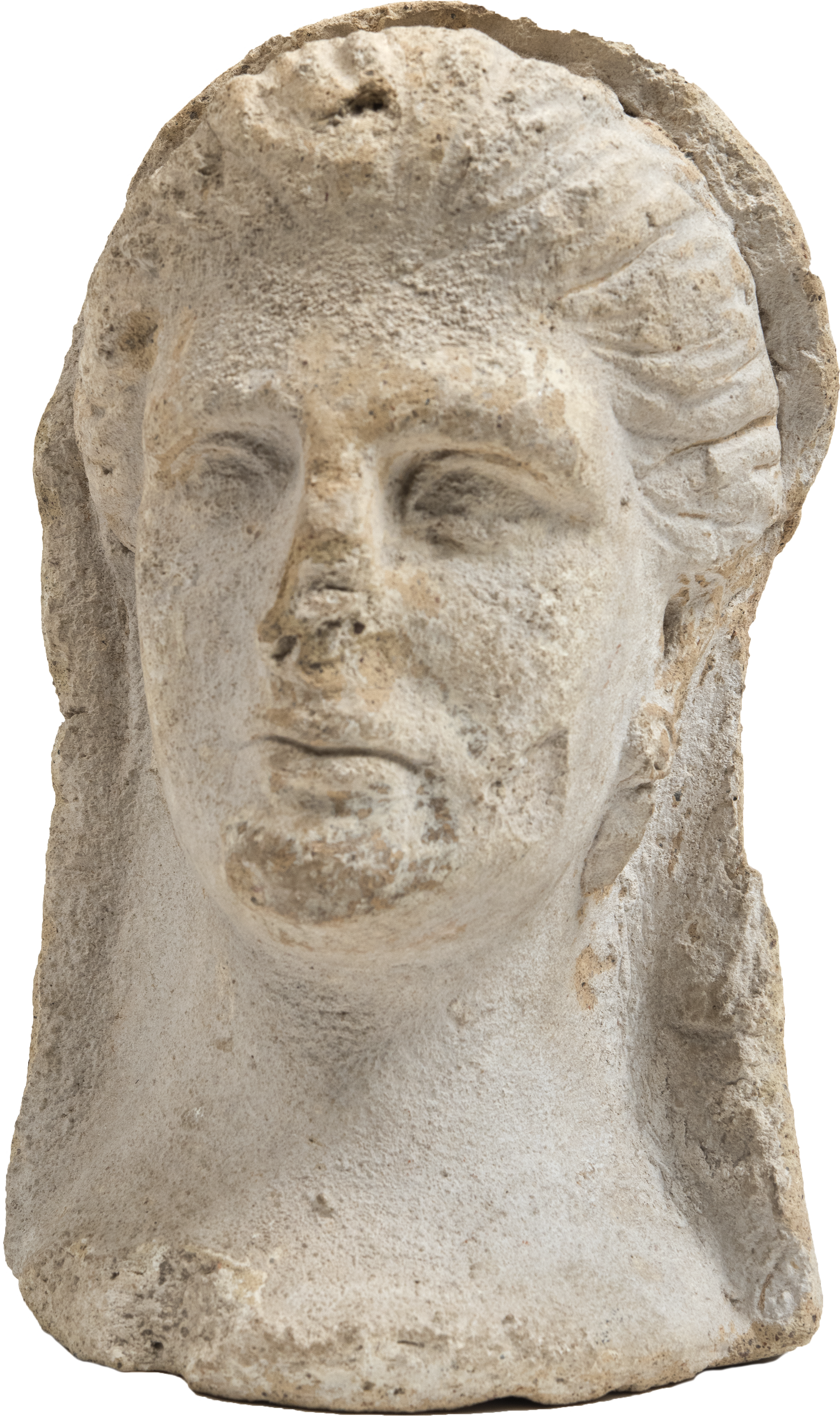
It’s a little impossible to know who made this Etruscan head because it is thousands of years old. (Seriously.) Experts think that this stone artwork was made around 200 A.D.
Your Art Challenge: Help make this poor lady a temporary nose. But make it a SILLY one! Use any materials you’d like, but what kind of nose would YOU give her? Make it big, make it small, make it purple or green. Make the most creative nose you can. (Take a photo and send it in and we'll help attach it to her face. You can see all the noses submitted in our gallery at www.ifatthemuseum.com.)

These are just a few of the many, MANY faces artist Oleg Tselkov has painted and each face he makes is usually in bright colors and misshapen. Take a look at these faces here. How do you think they are feeling?
Your Art Challenge: Get three sheets of paper and on each one make a face with a different emotion. Can you draw a face that is happy? Sad? Angry? Surprised? Scared? Disgusted? Pick any feelings you’d like to try and then line the three up so it looks like Tselkov’s here.
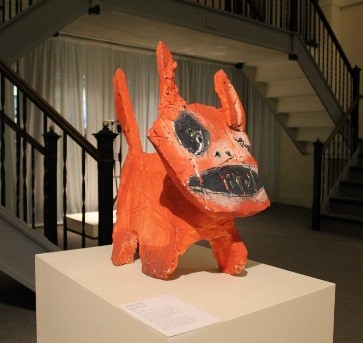
What do you think? Is Red Monster Dog a scary or silly little creature? Does it want to bite you or play with you? The artist made it out of clay and added little clues to suggest this little pup definitely has a sweet side. The artist, Robert Cooke, was a teacher at Rutgers University and liked to use different types of materials in his artwork.
Your Art Challenge: Do you have a favorite animal? Try to sculpt it out of some clay. Use other things around your house — like bottle tops or paper clips — or from outside — like rocks and twigs — to add to your animal. Don’t have clay? It’s easy to make yourself at home. Check out our website for a quick and easy clay recipe.

Look closely and you can see the little horns sprouting from the head of this devil. He kind of looks like someone who would steal a nose, doesn’t he? Mark Antokolsky, who sculpted this, was the first ever Jewish person to be accepted into the Imperial Academy of Fine Arts in St. Petersburg and his sculptures of all different types became famous all over the world.
Your Art Challenge: The devil in our story stole a nose. For this art project, we want YOU to steal a nose, too! (Don’t worry! We don’t mean a REAL nose!) Flip through an old magazine or newspaper and cut out a nose from someone in a photo. Glue the nose to the center of a piece of paper and then finish the face — however you’d like it to look!
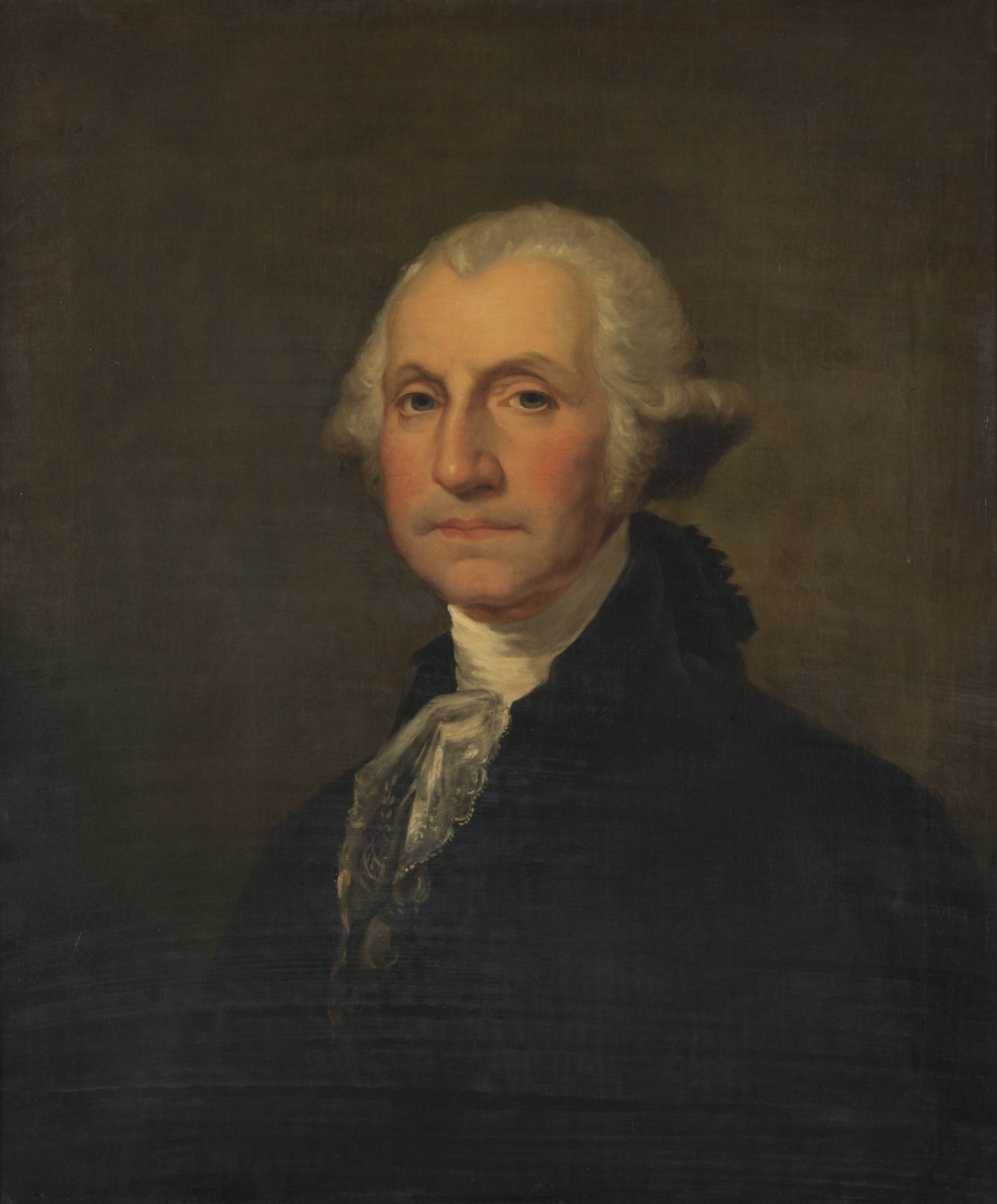
Do you recognize this face? It’s George Washington, of course, the first president of the United States of America. You might have seen him in your school books and you have probably seen his face on the $1 bill. Jane Stuart’s father, Gilbert, is said to have created the Washington portrait on the dollar, but it looks, from this painting, Jane was pretty talented, herself.
Your Art Challenge: Make some money!!! We don’t mean go get a job (you’re probably way too young for that yet); we mean ACTUALLY make money. If you were going to design the $1 MILLION dollar bill, whose face would you put on it? What color would the money be? Go on, give it a try. Just don’t try to spend it anywhere!
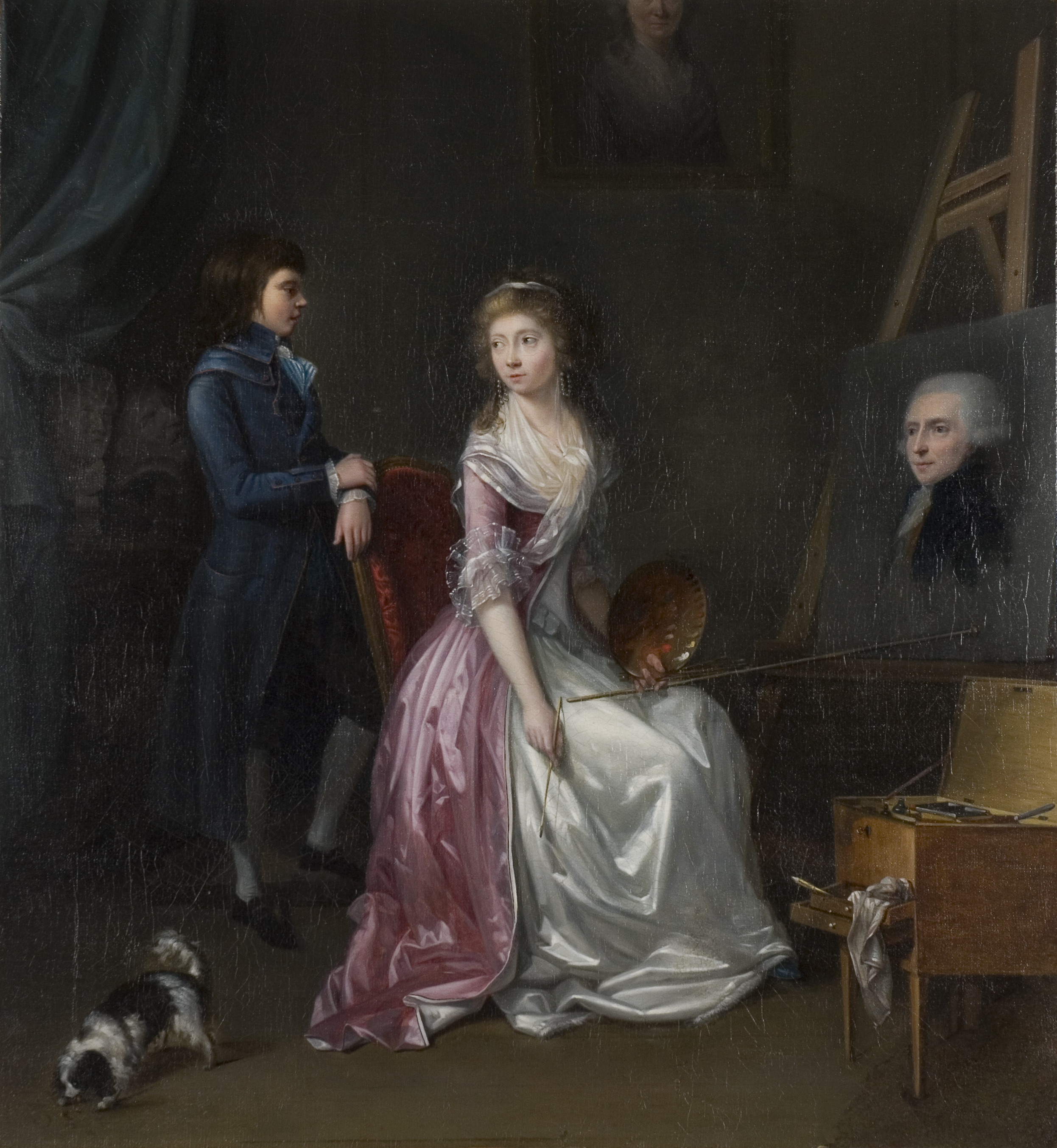
Okay, so maybe that’s not really George Washington the woman is painting, but it does kind of look like him. During the time of George Washington and earlier (like when this was made), it was pretty popular for men to wear white powdered wigs. They were said to help cover up baldness AND helped stop lice that was pretty common (eww!!).
Your Art Challenge: For this challenge, you’re going to have to get a friend or family member to help you. (Be sure to ask nicely because you are going to have to make them look really silly.) Dress your friend up -- use a wig or jewelry or a funny hat -- and then use any materials you’d like — crayons, markers, paint, or even a photograph — and make a portrait of them.
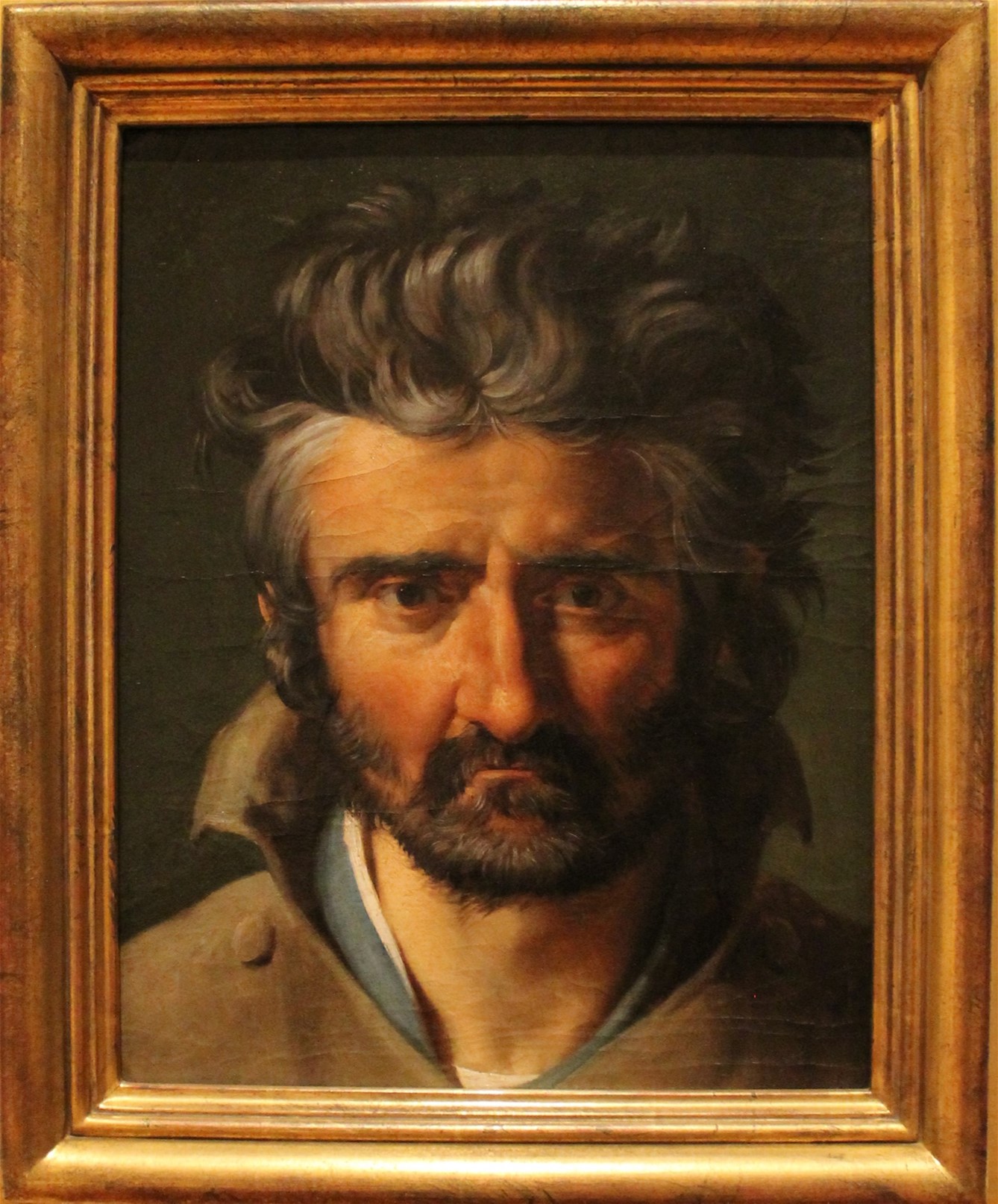
What do you think when you see this guy? Does he look brave or mean? Does he look friendly or cranky? While many portraits are made of actual people, it is believed that the man in this portrait was not a real person but that the artist, Merry-Joseph Blondel, made it in practicing how to convey different emotions on faces.
Your Art Challenge: For this challenge, we want you to take SELFIES! Use a camera or a phone (or even just practice in front of a mirror!) and make different faces. How do you need to change your face to show different feelings?
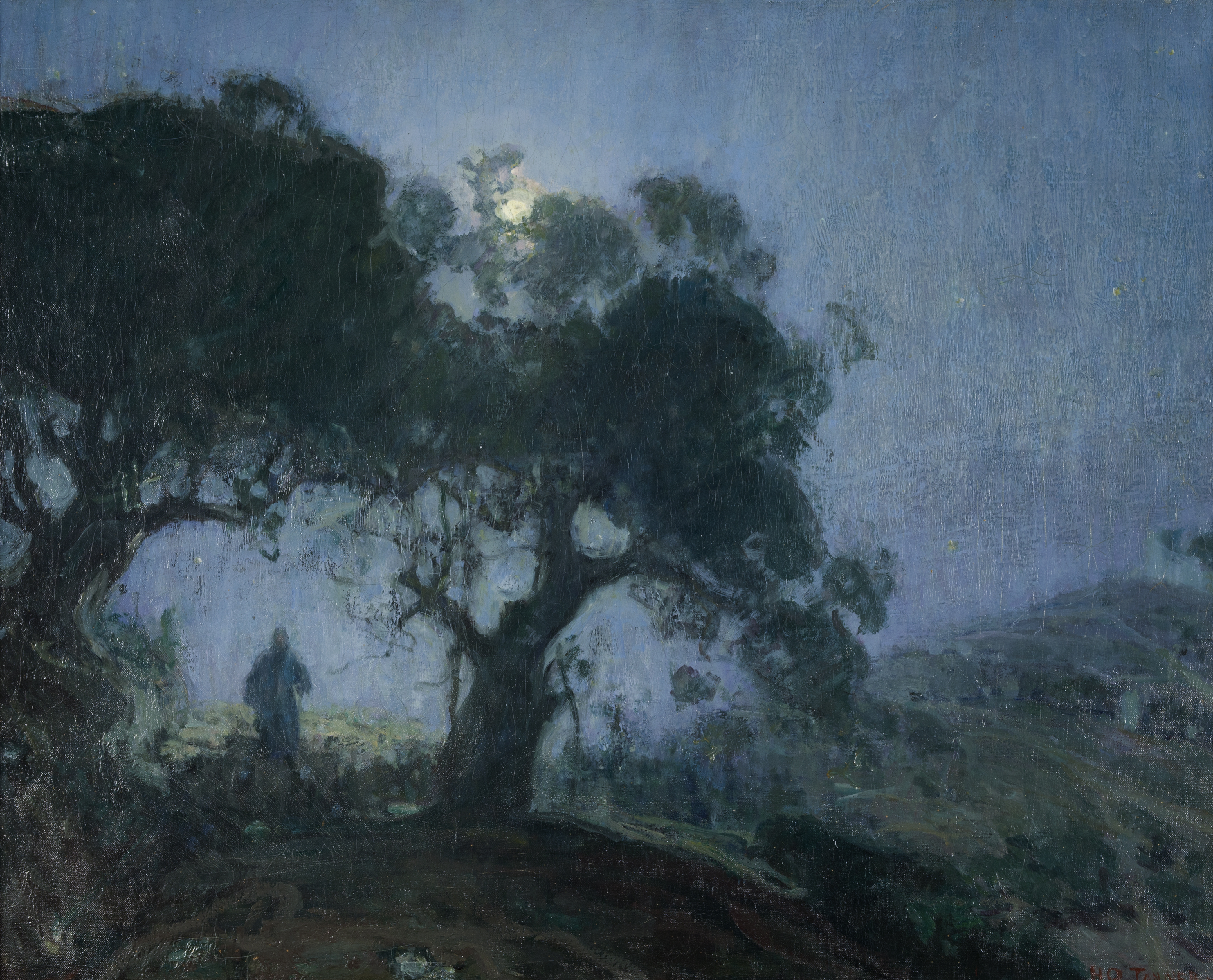
Is the sun setting or rising in this painting? Is the shepherd walking towards us or away from us? The shadows under the trees give a hazy view of the shepherd and all of the little sheep around him. The lack of detail in the figures and playing with the light is meant to create a feeling in the person looking at the painting. How does it make you feel?
Your Art Challenge: It’s time for you to try some shadow art. You can do this one outside using the sun or inside with a lamp. The first thing you have to do is pick an object. It can be anything at all — a toy or a cup or ANYTHING. Set it up so that it makes a shadow across a piece of paper. It can be a long, stretched out shadow or a short, little one. Trace the shadow and fill it in with a pattern of lines and dots.
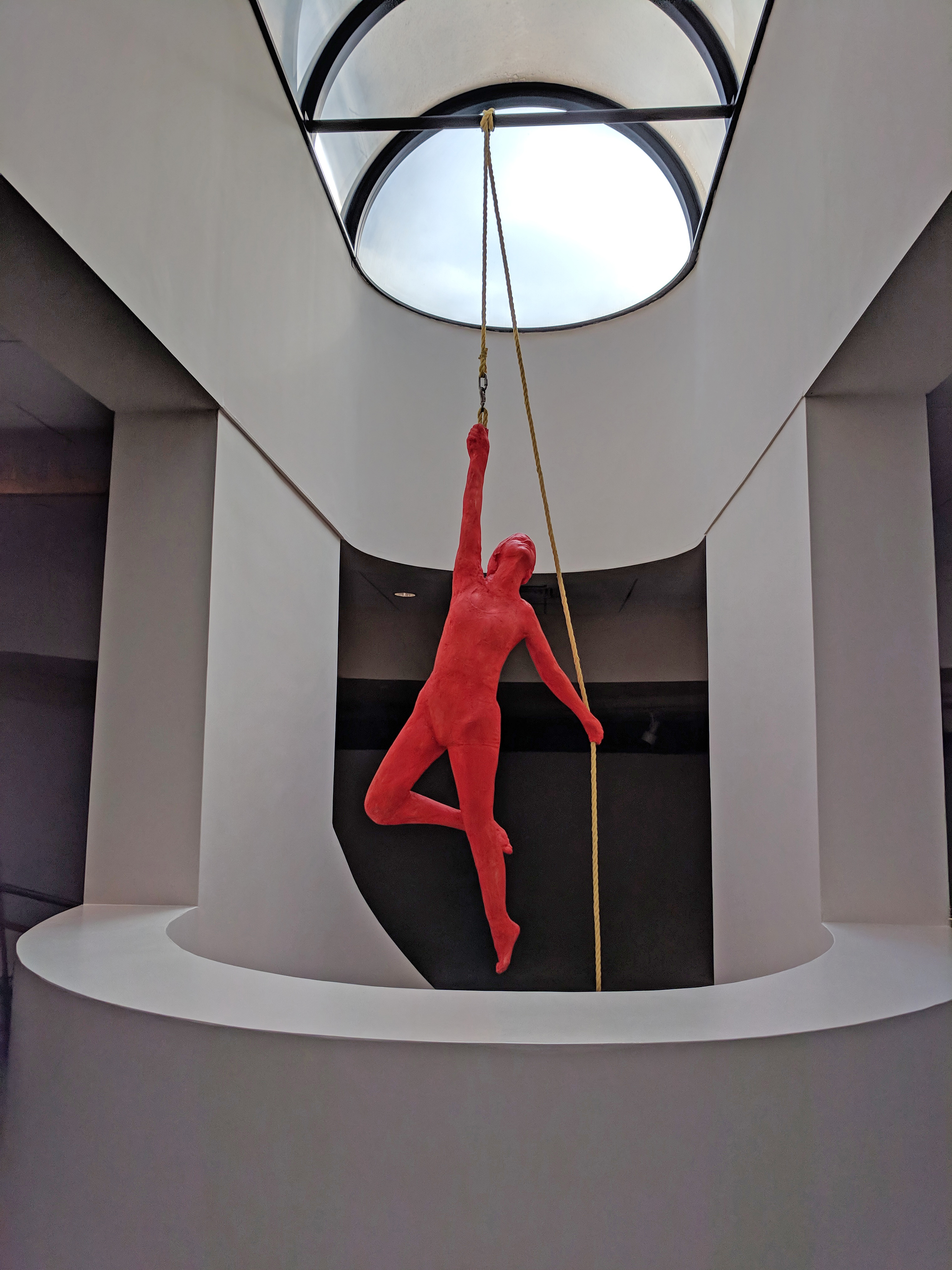
George Segal was a prolific sculptor. That’s a fancy word to say he sculpted A LOT. Mu-seums across New Jersey and across the world feature his artwork. Much of his sculp-tures of people were casted, meaning that he applied plaster directly to the model, then let it dry to create the form he wanted. Segal didn’t use a lot of colors; instead he would pick just one -- like this bright red! -- to paint his sculptures. This incredible acrobat is 8 feet tall and shows that art doesn’t just have to be on the walls of a museum -- they can hang from ceilings, too.
Your Art Challenge: We want you to plaster a model to hang from the ceiling, too! (But definitely DO NOT use a person for this one.) For this challenge, we’d like you to create a hot air balloon. (Maybe do this art challenge outside and with old clothes on -- it might get a little messy!) First, blow up a balloon and tie it at the end. This is going to be your model. Next, create a homemade plaster using flour and water. (See the direc-tions in our Art Activity Guide.) Dip strips of newspaper into the plaster mix and stick them on to the balloon. Cover all off the balloon in a few layers EXCEPT for a small open-ing around the knot of the balloon. Let your plaster dry for a day. When it’s perfectly dry, pop the balloon and paint it! You can choose just one color like George Segal did or you can use LOTS of colors. Attach a small basket to the bottom and a string to the top so you can hang up your hot air balloon from the ceiling.

Adolphe Leon Willette was a French artist whose works were often illustrations for posters or magazines or caricatures of people. And while the lady in the green dress is the hero of our story, Willette’s real subject of this painting is the black cat, or “chat noir” who was featured in many posters of French illustrations.
Your Art Challenge: For this challenge, we want you to combine two of Adolphe Leon Willette’s techniques. We want you to make a poster with a caricature on it. Now, you may be asking, “What is a caricature? How do I make one?” A caricature is a drawing of a person but it’s not a perfect look-alike. Instead, it’s more like a cartoon where one feature of the person’s face or body is exaggerated. A lot of times, caricatures are used to make fun of someone but we definitely don’t want to do that! Instead, we can use a caricature to celebrate something special about someone, like their talents. So, for example, maybe you want to make a poster celebrating your favorite soccer star. You can draw them like a cartoon but maybe make the feet super, super big because they are so great at kicking the ball around. Then finish the poster with words and designs from the team. OR maybe you have a favorite singer. You can draw that person like a cartoon but maybe make their mouth really big and opened really, really wide because they are known for singing. And then create the poster around them with their name and other things that remind you of that person. OR maybe you have your own person in mind that deserves a fun poster made for them. Get creative and have fun with it.
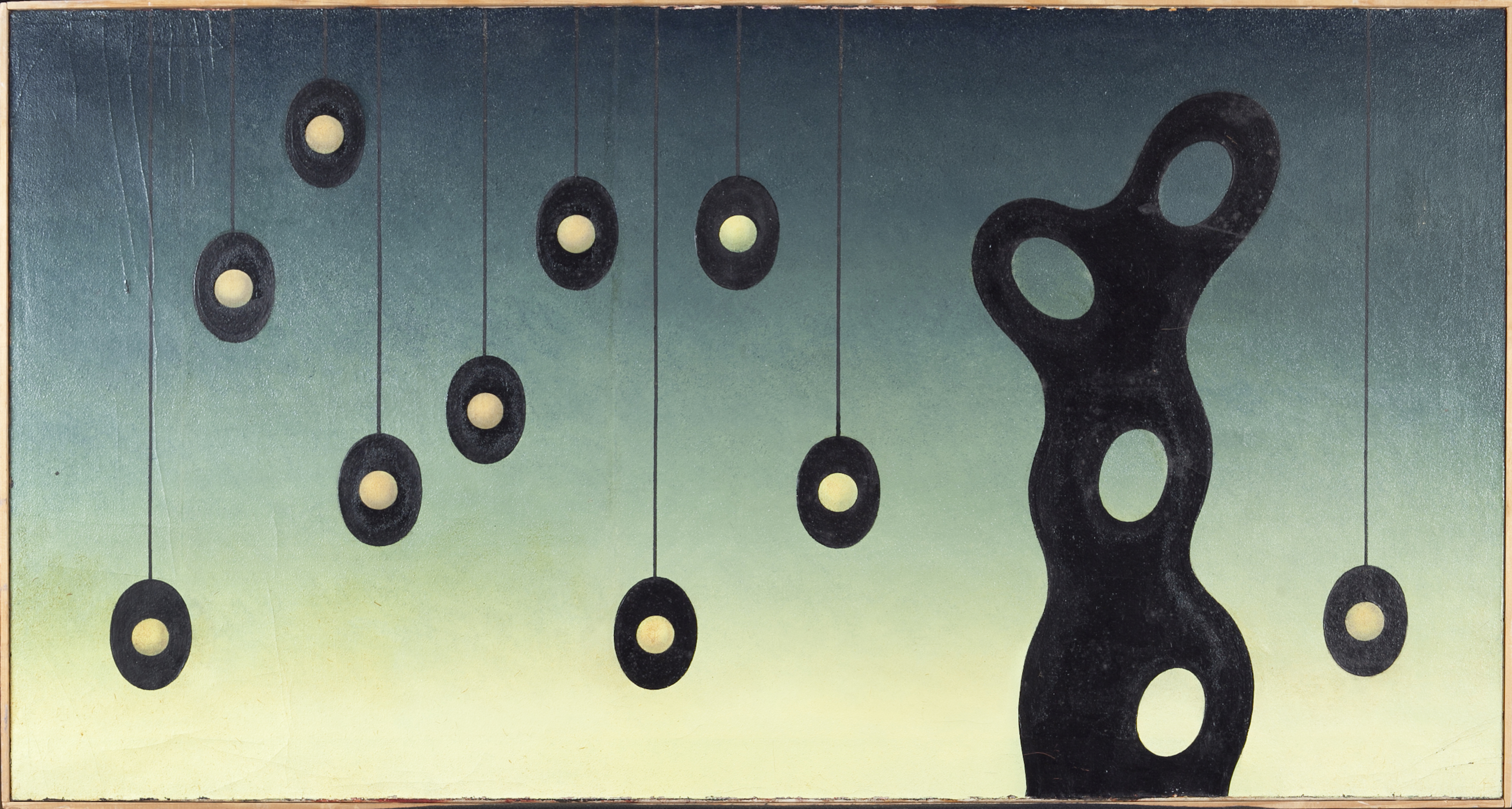
Not all art is actual, REAL things. Like this painting by Nikolai Vechtomov. Instead, the painting is meant to be symbolic — using shapes and figures to represent a real object. Vechtomov was, in fact, part of a famous group of artists who fought against the use of realism in artwork.
Your Art Challenge: This challenge is about working with shapes. Cut shapes out of different color construction paper and make them all different sizes. Big squares, tiny circles, medium size ovals… Any shapes you’d like. Make layers of shapes, putting one on top of another. Before you glue them to a page, make a background using strong, bright colors.
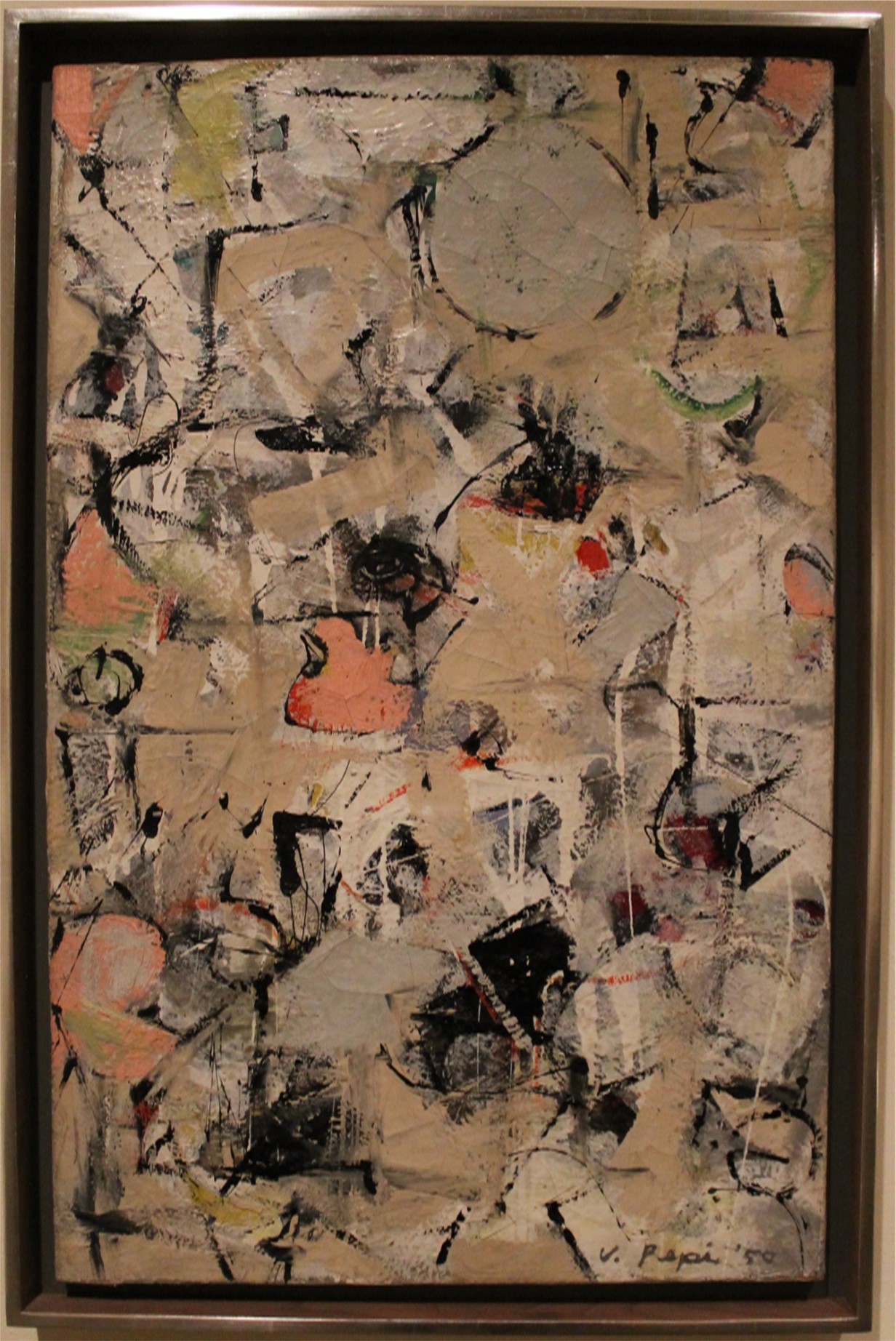
What do you see when you look at this painting? Can you notice any shapes that look familiar? Or does it just look like a bunch of paint thrown at the canvas? Vincent Pepi, the artist who created this painting, is believed to be using a technique called surrealist automatism. That’s a fancy way of saying painting without thinking about it. Instead of focusing really hard about what you want to paint and how you should be painting it, this is a free style of painting that lets your unconscious mind take over for you.
Your Art Challenge: With paints and brushes or markers and your hand, make some freestyle art. Let your mind work for you instead of trying to control it. See where your hand moves and see what colors you pick. This is an art challenge you don’t even have to think about! (You can even put on some of your favorite music and let that inspire how fast or slow your hand moves — like you are paint dancing!)
.jpg)
This artist, Micah Williams, actually lived close to where the Zimmerli stands now. He was from New Brunswick, NJ, where he worked as a portrait painter. For this job, he would go to people’s homes to paint or draw them in the clothes and rooms that they picked out.
Your Art Challenge: Does your Grandpa have a favorite chair that he likes to sit in? Does your best friend love a particular kind of snack? For this challenge, go over to someone’s house and draw them doing what they like best. (Maybe they’ll even pay you for it!)
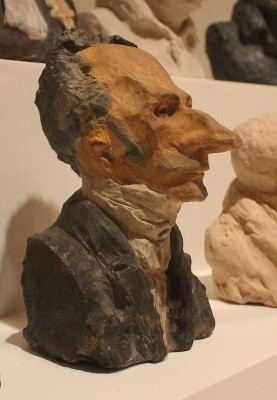
Have you ever been to a carnival or a street festival and seen the artists who sketch a caricature of a person? A caricature is a drawing that looks like a person but emphasizes one of their features. (So, if you have a really big nose, for example, the artist making a caricature would make it even bigger!) That’s exactly what Honore Daumier did, particularly of politicians in France, where he lived. This man with the rather large nose here is Jacques Lefevre, a French theologian.
Your Art Challenge: Why don’t you try a caricature? Use a pencil and paper to start. Pick a person you know and study their face. Is there something that really stands out? Do they have big, beautiful eyes? Is their jaw square and strong? Pick the feature that you would like to emphasize and make it BIG.
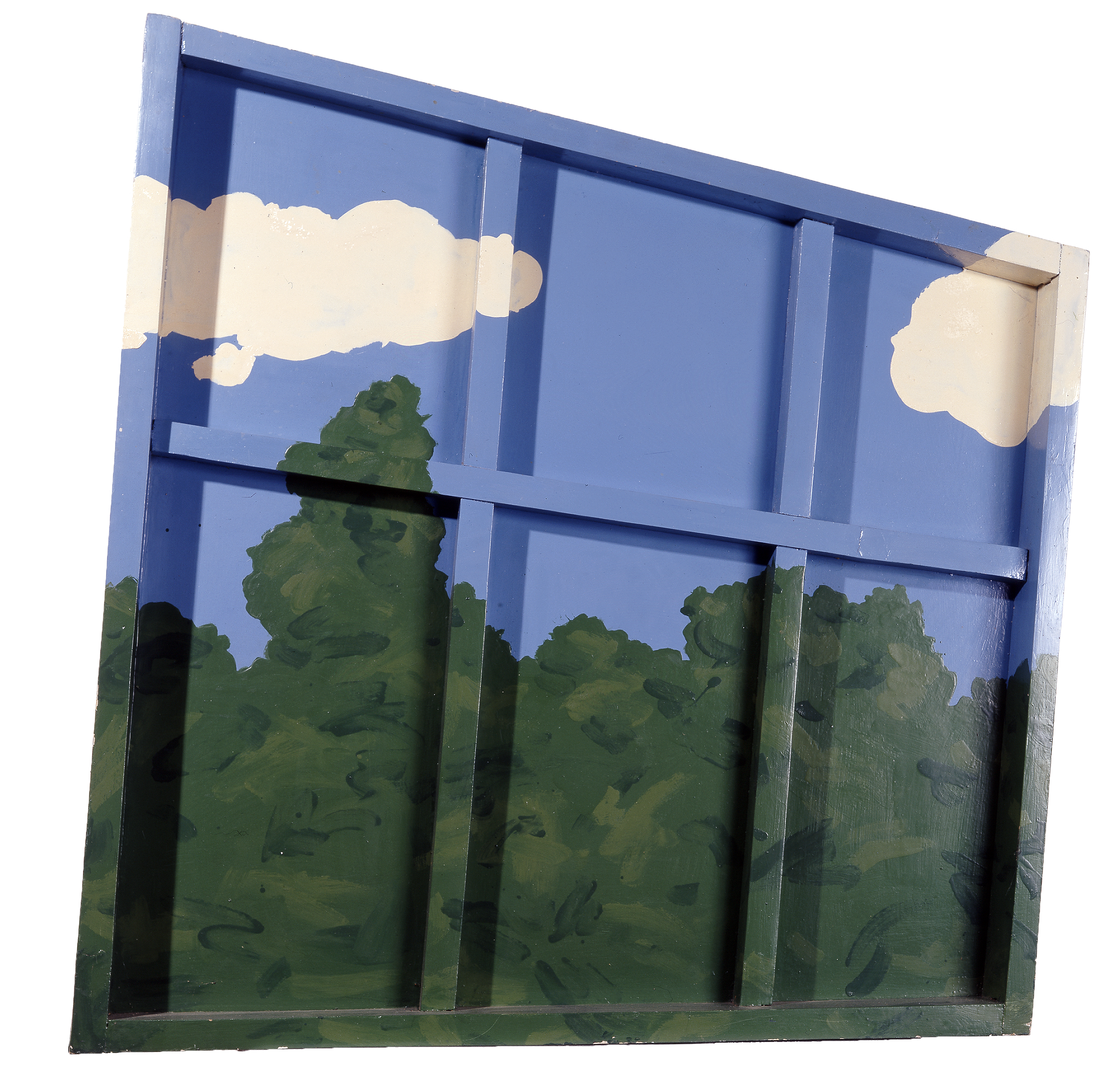
Any surface can become a canvas for a painting. For artist Ivan Chuikov, that included pieces of wood, glass, mirrors, and school chalkboards. This piece is one of a series of windows that he made on wood.
Your Art Challenge: There will be absolutely NO paper in this art challenge, okay? It’s not allowed. For this challenge, let’s paint on glass instead! The first step is to, PLEASE, get your parent’s permission and pick a window that they will allow you to paint on. The second step is to buy a water-based paint that you can even thin out with more water. (This kind will be easy to wash off later. Some art stores even sell paint especially for painting on glass.) The third step? PAINT! Thin, translucent paint will make it look really pretty when the sun shines through. Wash and repeat as often as you’d like.

Artist Mikhail Roginsky was a leader of Russian Non Conformist Art. He used the things around him, including items you see everyday — like a simple wood door — to inspire his artwork.
Your Art Challenge: Find an everyday object in your house — maybe a chair or a lamp or your front door. What can you add to it to make it into a piece of art? (Before you paint it or glue anything on these, make sure you get the okay from your parent first!) Think about wrapping it in different colored yarn or streamers.
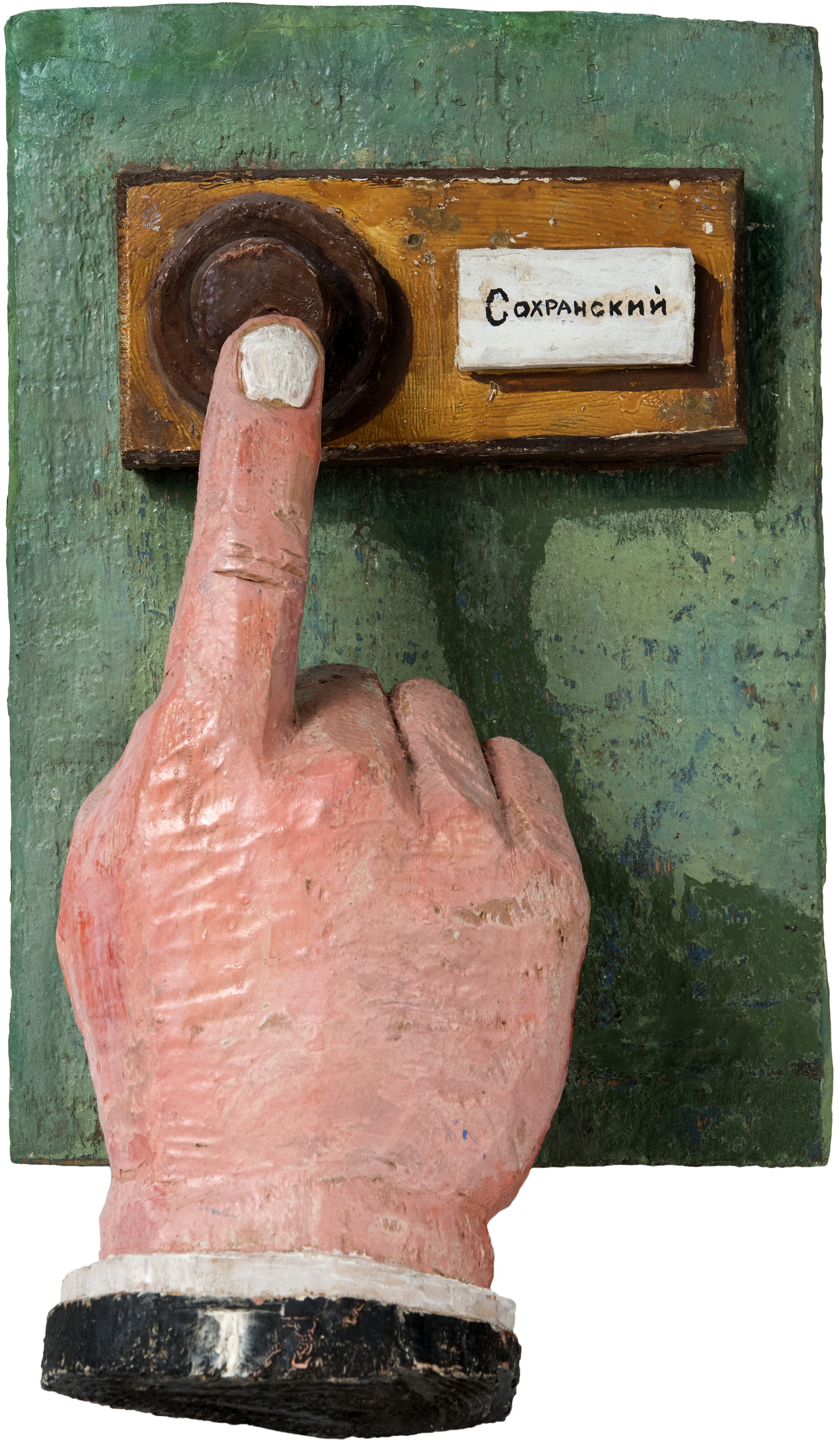
The artwork of Alexander Kosolapov is a combination of his Russian and American background. The one thing that especially unites the two is a sense of humor. Along with everyday objects like a doorbell, some of his most famous pieces use iconic cultural symbols. You can find Mickey Mouse, Coca Cola, and even McDonald’s in some of his art.
Your Art Challenge: For this challenge, imagine this: The owners of your favorite store want to change their look up a little bit and they have asked YOU to help them. Think about what the logo for the store is and then change it up, making it look new and improved for them.
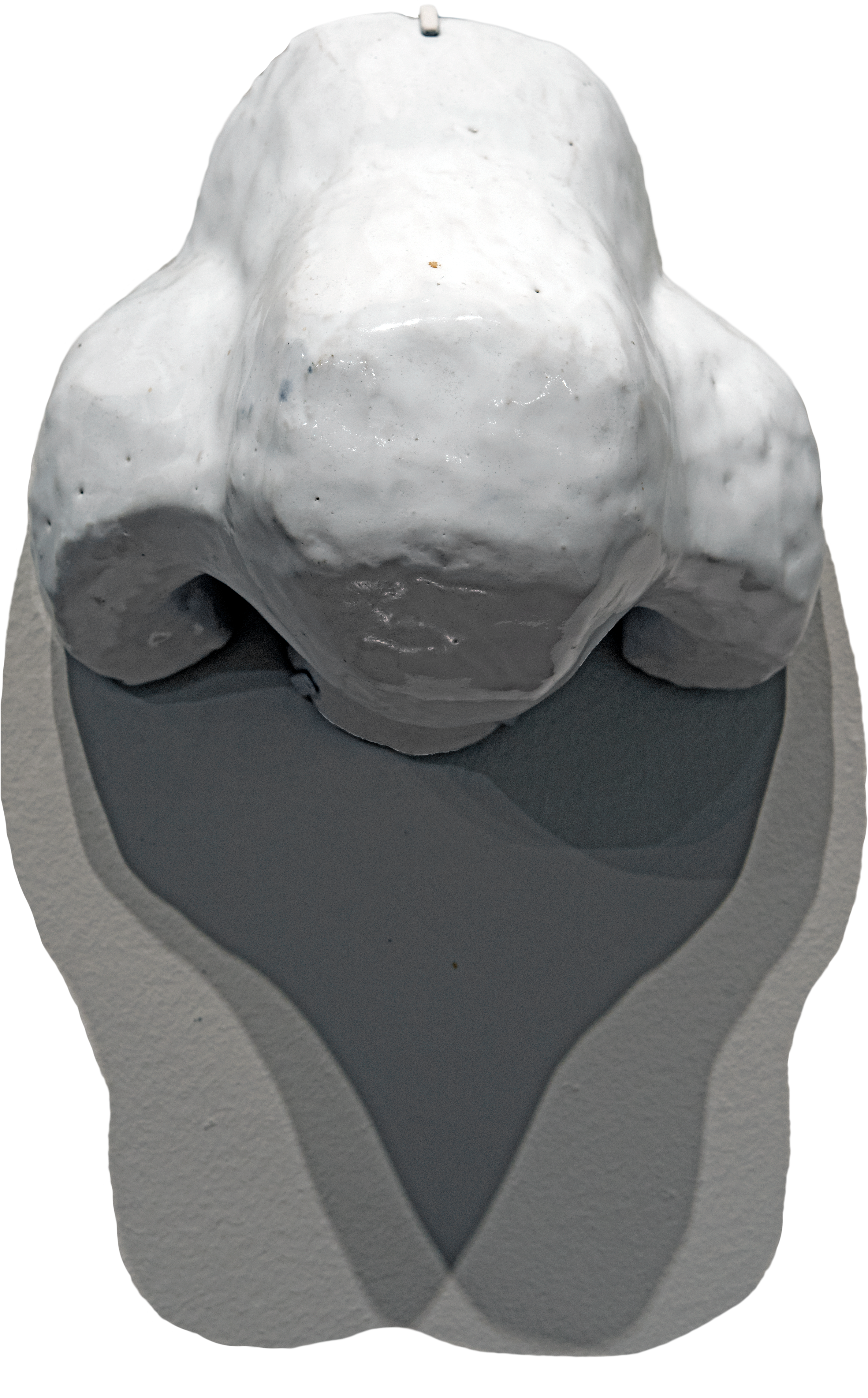
Okay, so this nose does not actually belong to the screaming lady in the story book. But it is hanging on the wall of the ZImmerli Art Museum and it was made by artist Leonid Sokov. Like a lot of the artists featured in this book, Sokov is part of the “Sots Art” movement, short for “Soviet Pop Art”. The Pop Art movement was about taking people and objects from popular culture and turning it into an artwork statement.
Your Art Challenge: For this challenge, you’re going to need to get your clay out and make your own Pop Art. Try making your own nose OR try sculpting an ear or a finger! Be creative!
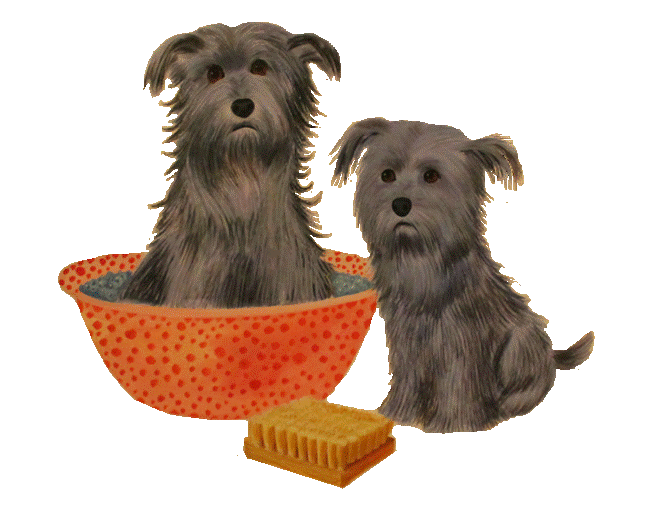
The Zimmerli Museum loves when kids come visit and they have a special room of art especially for kids to enjoy. This picture of these adorable little puppies was part of a gallery of illustrations of cats and dogs from children’s books. For the book, Puppies, artist Art Seiden used a special kind of watercolor paint to help him put every detail of the dogs he created into his painting. They are so detailed, you can almost feel each and every strand of fur on the dogs.
Your Art Challenge: For this challenge, practice working on the DETAILS of an object. Pick something to draw or paint and set it up in front of you. Study it really, really close. You might even want to use a magnifying glass to help you and take your time and try to get every little detail in your artwork that you can.
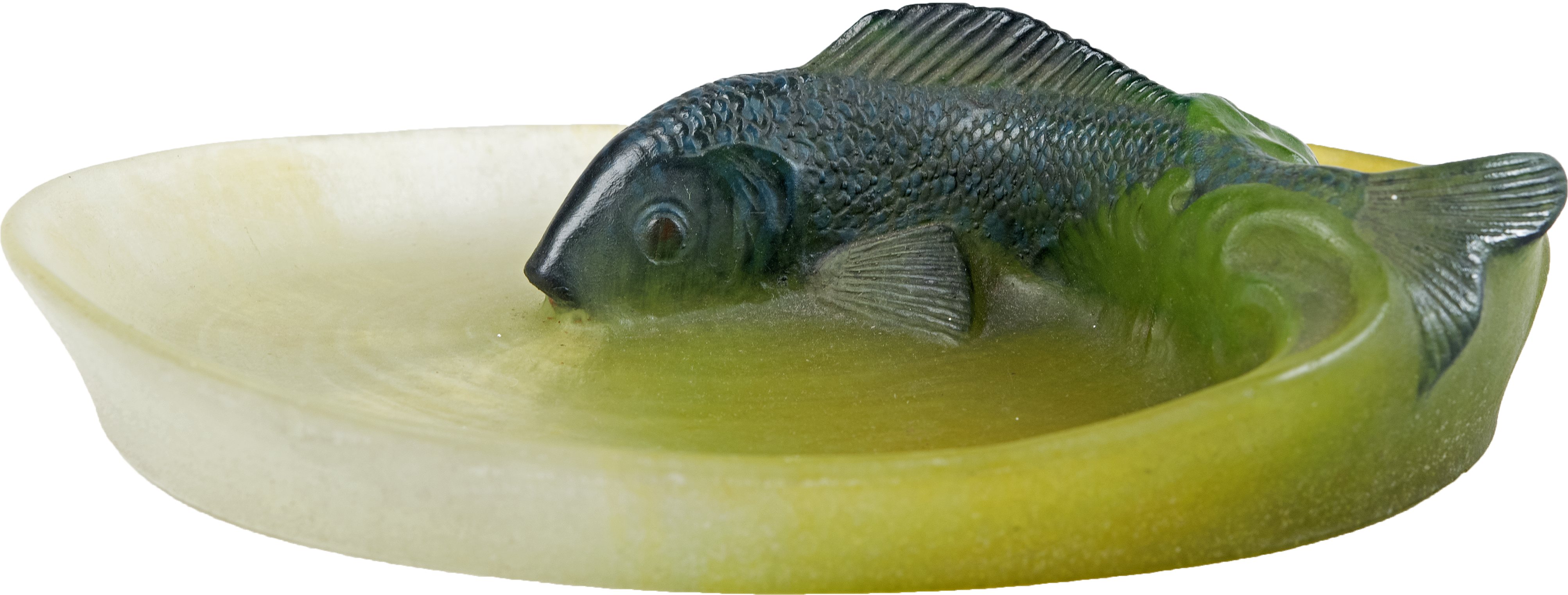
Take a close look at this piece of art by Amalric Walter. Can you guess what that’s made of? It’s not clay or ceramic. It’s … GLASS. As a French artist, Amalric Walter would tell you that it is actually “pâtes de verre”, which is French for “paste of glass”. And, rumor has it that if he wasn’t happy with the way one of his glass pieces turned out, he would throw it against a wall!
Your Art Challenge: The process of making “pâtes de verre” involves heating up glass so that it’s really, really hot so that it’s almost like clay. And that is just WAY TOO dangerous. Instead, we’d like to suggest you make your own fish using some clay. But don’t forget to also make a little bowl for it to swim in, too!
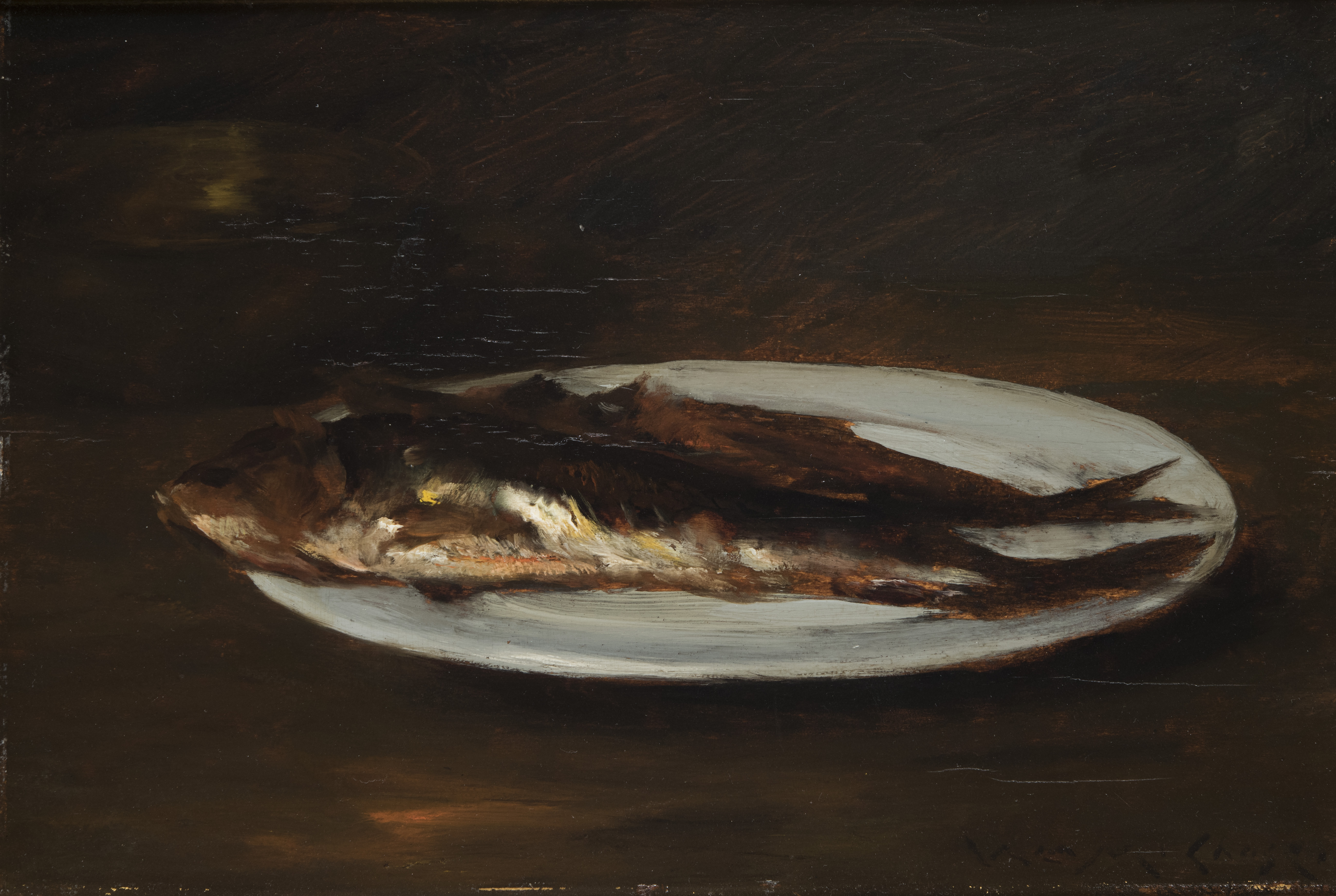
Now, you might be thinking, “What kind of WEIRDO paints dead fish?!” Well, William Merritt Chase did and he did it quite often, in fact. He’d go to the local fish market and buy a fish, run quickly back to his studio to paint it and then rush it back before it went bad (and smelly). One of his talents included painting pictures that looked like realistic metallic — like there was an actual metal plate in the painting. William Merritt Chase was also a really great art teacher and opened a school (called the Chase School) which later became the famous Parsons School of Design in New York.
Your Art Challenge: No, we are not going to send you to the market to buy dead fish to paint! For this challenge, we want YOU to be the art teacher. What would be the name of your art school? What would be your specialty? Grab a friend or a brother or sister and have them be your first student.

This may be one of the oldest pieces of art in the museum. It’s from ancient Egypt and it is the top of a jar. But here’s where things get interesting. It wasn’t just any old jar — it was a canopic jar — which is where the Egyptians put important organs of the body — like the heart, liver, and lungs — of a person that had died and was being mummified. The Egyptians believed they would take these organs with them into the afterlife.
Your Art Challenge: Make a time capsule! Find a container, a box, or a jar and put some items about you. You can put in your recent school photo or you can even put surveys from your whole family with questions about all of your favorite things right now — favorite food, best TV show, or best friend at the moment. (Need survey questions suggestions? Check out our website at www.ifatthemuseum.com for a time capsule survey example that you can print out.) Put the jar in a safe place for ONE FULL YEAR. (You can even bury it, if you want!) In one year, open it back up and see if your answers are the same (do you still like that TV show?) or if you still look like your photo.
For reading this book, just one of the many in the If, at the Museum series.
In creating this series, there are TWO important things we hope to accomplish:
First, we hope to bring some of the most amazing pieces of artwork from ALL AROUND THE WORLD right to your home because we can’t all travel to places like Japan and Barcelona and Paris!
Secondly, in showing you some of these great pieces of art — drawings, paintings, sculptures, photos, and more — we hope to INSPIRE you and prove to you that YOU TOO can make beautiful masterpieces. We hope you read these books and see this art and want to start CREATING something right away so that one day, YOUR artwork is displayed in a famous museum, too.
So until the day comes that your art is in a museum, your art can be in OUR gallery. Send us any of the artwork you have made and we’ll display it on our website at www.ifmuseums.com.
You can also check out our website for details about the museums we featured, get art project ideas and recipes, and find even more inspiration.